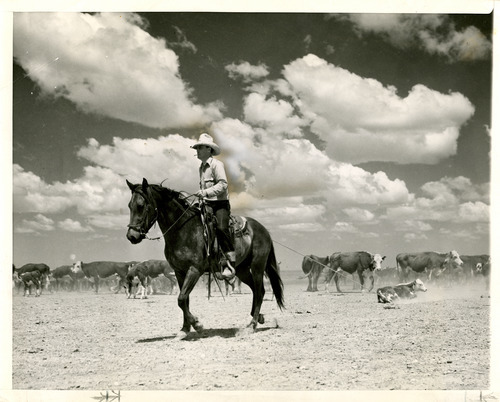The following are some pictures visually illustrating my reaction and thought process:
Initial thoughts at the beginning of the semester: As much as I would love to start a blog, I'm going to pass. Thanks for the exciting offer, but no thanks. Oh wait, what do you mean it's required for the class? Yipee. What joy I've stumbled upon.
Weekly struggle...
Weekly struggle...
Weekly struggle...
In all seriousness, I actually enjoy writing and after some deep introspective, philosophical thinking I realized I like making sarcastic, borderline petulant quips complaining about unpleasantries I have to overcome. Just kidding. I realized (actually realized it some time ago) that my initial reaction to being told that I "have" to do something, is that I want nothing to do with whatever it is. For example, as a kid being told that: I "have" to eat my vegetables. No thanks and no way -- not happening. I "have" to clean my room? Says who and what army? Yet if my mother prepared a new vegetable and said there wasn't enough for everyone, but that it was okay if I didn't have any since I didn't like vegetables anyways, then I just HAD to taste it. Reverse psychology, (which I later learned to use on my siblings--completely unrelated) works. This is a technique Prof. Chris and other instructors should implement to get students to want to do assignments without the students realizing they're being tricked using psychological tactics.
For example:
Teacher: "Students, there is this blog assignment, but you all probably don't want to know more about it.
Student(s): "What? It sounds secretive so of course now I want to know about it."
Teacher: "Well it's a project where you would create a blog and upload posts on some preset topics and some topics of your choosing. You would have complete creative authority. But you know what. Forget I mentioned it. Don't think about it anymore; disregard it from your minds."
Student(s): "Now that you said not to think about it, it's all I can think about. And now I want to do this blog project where I'll have complete creative authority and be able to share my ideas on topics of my choosing.
Okay... so maybe it wouldn't work out exactly like that but it would be worth a try. It might save some poor student the mental anguish of "having" to create a blog.
But actually there are positives to creating a blog for a class. Usually the main audience is the professor and fellow students; although it is on the internet and potentially visible to any reader worldwide. Also the format of blog writing allows for more freedom in tone and voice that differs from writing academic papers. [Such as is evident in some of my sarcastic/joking quips and casual tone of verbiage used]. On a blog, videos, pictures, audio are resources that can be used to draw in an audience or used to make a point, again in contrast to most academic papers. And also, blogging for a class helps a student "test the waters" when creating content on a social media platform that is more in-depth than merely sharing pictures of the triple-chocolate chocoflan they just ate; it adds some significance to the writing (especially since that writing is also tied to a grade).
All in all, I actually did enjoy the process. I enjoyed researching the topics I was writing about to gain a better understanding myself and to provide a greater understanding in my writing as well. The most difficult part of most journeys, as I wrote about on my first blog post, tends to be the beginning, the dreaded commencement. Once that first step is taken, there will probably still be moments of lackluster, seemingly sarcastic enthusiasm at completing said task, but with some self encouragement, reverse psychology or whatever, it can be done. As with most things that begin, they must also usually come to an end. Such is the case with this blog. Not to worry though, writing for fun, on my own time is something I already partake in.
I leave this blog with a fitting song from Tears for Fears titled "Everybody Wants to Rule the World." It also fits in with my blog because it shows a little kid in a Vaquero (one of the topics I discussed in a post about Slanted Reporting), outfit at the beginning of the video. But mainly it's relevant because it talks about how many want to rule the world, though few can achieve it like I have done; and also because I like the song and its catchy tune.
So
that was that. A pixel of the ocean of the mind and thoughts of the
Ruler of the World was shared. Not a lake, not a river, not a puddle,
but a pixel and now it's time for new conquests and new adventures.
Onward I go.
Picture sources:
"Thank you but no" : http://i3.kym-cdn.com/photos/images/original/000/080/164/364.jpg
"B..but... ... I don't wanna!" : https://blogger.googleusercontent.com/img/b/R29vZ2xl/AVvXsEgOaKCIcmv8uTL8QwU2eGNvri0CR1A_wJ8Hr5ykZjOv69c_QVbETBYiGlcI-RxqMVq9RlMDAFyqex-_Lu3LFi-_hxv8QVYNHj4jMRiIrpkUrr3VtBEXudazX2omM_60x0JpRcJRiUGfTCs/s1600/hFFABD336.jpg
"Do not want" : http://i0.kym-cdn.com/entries/icons/original/000/000/245/Do_Not_Want_Dog_%281%29.jpg
"I don't want" : http://i1.kym-cdn.com/photos/images/newsfeed/000/386/186/0f1.jpg

















